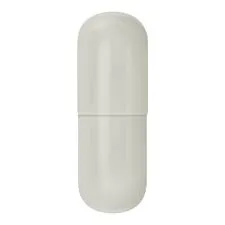
Sep . 22, 2024 22:50 Back to list
hpmc solubility
Understanding HPMC Solubility Key Concepts and Applications
Hydroxypropyl methylcellulose (HPMC) is a widely used cellulose ether known for its versatile properties and applications across various industries, particularly in pharmaceuticals, food, and construction. One of the critical aspects of HPMC is its solubility, which influences its functionality, efficacy, and the overall performance of formulations.
Understanding HPMC Solubility Key Concepts and Applications
In pharmaceuticals, HPMC is extensively used as a thickening agent, emulsifier, and controlled-release polymer. Its solubility profile allows it to form gels or films, making it ideal for drug delivery systems. The solubility behavior of HPMC can be manipulated by adjusting the ratio of its components and the environmental conditions. For instance, HPMC with a higher hydroxypropyl content tends to dissolve more readily in cold water than its counterparts with a higher methoxyl content. This property is particularly useful in the formulation of instant-release systems.
hpmc solubility

In the food industry, HPMC serves as a stabilizer and thickener, enhancing texture and consistency. Its solubility impacts the mouthfeel and overall sensory experience of food products. Moreover, HPMC is recognized as a dietary ingredient, particularly in gluten-free formulations, providing the necessary structure and cohesiveness that gluten would normally contribute.
In construction, HPMC functions as a water-retaining agent in mortars and plasters, improving workability and extending the open time of these materials. Solubility here plays a pivotal role, as it affects the performance of dry-mixed mortars when mixed with water. An appropriate HPMC grade can enhance adhesion, reduce cracking, and improve the overall mechanical properties of the final product.
Understanding the solubility of HPMC not only aids in selecting the right grade for a specific application but also allows for the development of innovative products that can meet market demands. Manufacturers can tweak formulations to optimize solubility and performance, ensuring consistency and reliability in end-use applications.
In summary, the solubility of HPMC is a multifaceted characteristic that significantly impacts its application across diverse sectors. A deep comprehension of its solubility attributes enables scientists and engineers to enhance products and invent new solutions in an evolving marketplace. With ongoing research and development, HPMC continues to solidify its position as a crucial ingredient in various formulations, highlighting the importance of understanding its solubility.
-
Versatile Hpmc Uses in Different Industries
NewsJun.19,2025
-
Redispersible Powder's Role in Enhancing Durability of Construction Products
NewsJun.19,2025
-
Hydroxyethyl Cellulose Applications Driving Green Industrial Processes
NewsJun.19,2025
-
Exploring Different Redispersible Polymer Powder
NewsJun.19,2025
-
Choosing the Right Mortar Bonding Agent
NewsJun.19,2025
-
Applications and Significance of China Hpmc in Modern Industries
NewsJun.19,2025







